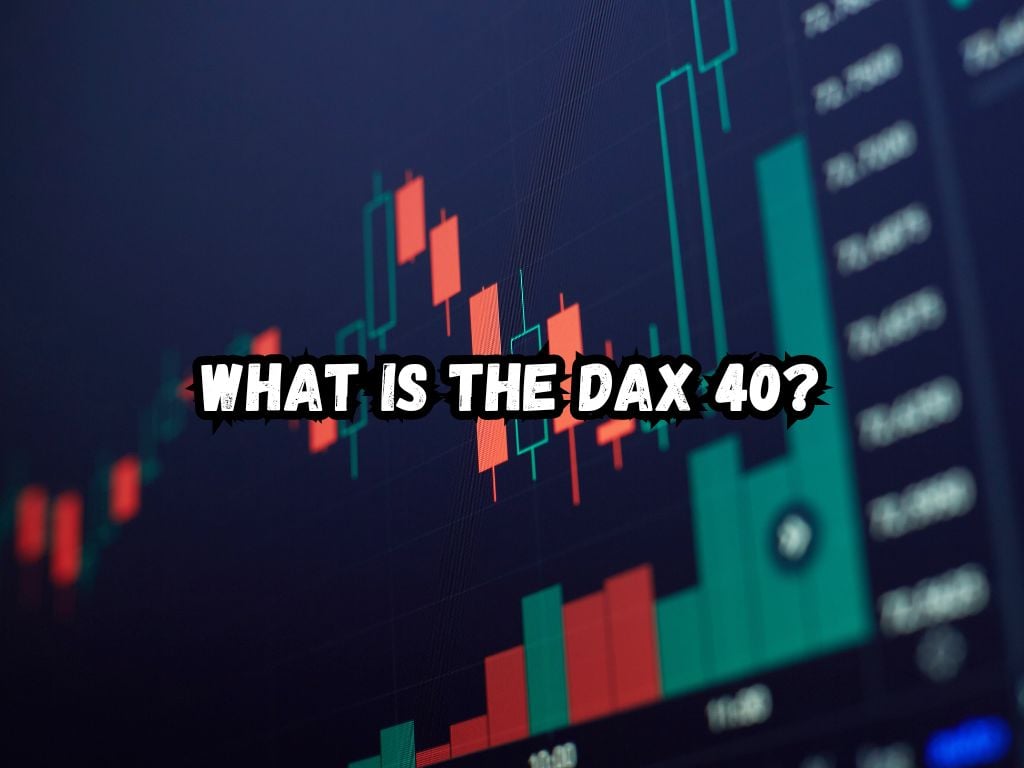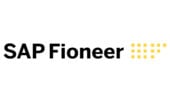The DAX 40 stands as a beacon of Germany’s financial market, representing the performance of 40 major publicly listed companies on the Frankfurt Stock Exchange. This index not only mirrors the health of Germany’s economy but also impacts investors worldwide.
Understanding the DAX 40 is crucial for anyone looking to dive into the European financial landscape.
What Is the DAX 40?
Since its inception, the DAX, initially known as the DAX 30, showcased Germany’s most valuable companies.
In September 2021, the index expanded to include 40 companies, a move aimed at providing a more comprehensive and diversified representation of Germany’s economic strength.
This expansion marked a significant evolution, enhancing the global appeal and influence of the DAX.

Composition of the DAX 40
Criteria for Inclusion
Inclusion in the DAX 40 hinges on strict criteria such as market capitalization, trading volume, and financial health. These requirements ensure that the index accurately reflects the pillars of the German economy.
Sector Diversity
The DAX 40 spans various industries, from automotive to healthcare, highlighting the multifaceted nature of Germany’s economy. This diversity allows investors to gauge the country’s economic trends accurately.
Leading Companies
Iconic brands such as BMW, Siemens, and Bayer are part of the DAX 40. These companies not only represent innovation but also Germany’s significant role in the global market.
Importance of the DAX 40
As an economic indicator, the DAX 40 provides valuable insights into the health of both the German and broader European economies. Its global influence is undeniable, given Germany’s status as an economic powerhouse.
How to Invest in the DAX 40?
Investing in the DAX 40 can take various forms, from direct investments in the stocks of its constituent companies to Exchange-Traded Funds (ETFs) and mutual funds that replicate the index’s performance.
ETFs, in particular, offer a straightforward and diversified entry point for individual investors.
Popular DAX 40 ETFs
Several ETFs track the performance of the DAX 40, offering investors an efficient way to gain exposure to the German market. These investment vehicles are instrumental for those seeking to tap into Europe’s economic dynamics.
Monitoring and Analysis Tools for the DAX 40
Investors rely on platforms like Bloomberg and Reuters for real-time DAX 40 data.
Technical analysis tools play a crucial role in forecasting market trends, providing insights that guide investment decisions.
Challenges and Opportunities of Investing in the DAX 40
Investing in the DAX 40 comes with its set of challenges and opportunities. Global events often introduce volatility, yet the index’s diverse composition offers growth potential across various sectors.
Evolution of the DAX 40 over the Years
The DAX 40, originally launched as the DAX 30 in 1988, signifies the cornerstone of the German economy, encapsulating its most pivotal firms.
Expansion to 40 members in 2021 aimed to offer a broader reflection of Germany’s commercial prowess.
Over the decades, its journey has been shaped by global and local events; the 2008 financial crisis and the Eurozone debt saga notably tested its resilience, while periods of economic boom underscored its potential for growth.
Technological advancements and shifts in the global economic landscape have continually influenced its composition and performance.
As it evolves, the DAX 40 remains an essential gauge of Germany’s economic health and a testament to its ability to adapt and thrive amidst changing global dynamics.

The Role of the DAX 40 in Global Portfolio Diversification
The DAX 40, featuring Germany’s largest corporations, presents a valuable asset for international investors seeking portfolio diversification.
Its inclusion not only adds a layer of geographical diversification but also exposes investors to Europe’s largest economy, complementing domestic and other international investments.
Diversification through the DAX 400 mitigates risks associated with market volatility and sector-specific downturns by spreading investments across different economic environments and industries.
However, investing in the DAX 40 introduces currency risk, as fluctuations in the Euro’s value against an investor’s home currency can affect returns.
Nevertheless, the potential for higher returns and risk mitigation through exposure to a robust and varied economy like Germany’s makes the DAX 40 a compelling option for enhancing global investment portfolios.
Frequently Asked Questions
What makes the DAX 40 different from other global indices?
The DAX 40 is unique due to its strict inclusion criteria and focus on German companies, providing a targeted insight into Europe’s largest economy.
How often is the DAX 40 composition reviewed?
The DAX 40’s composition is reviewed every six months, ensuring the index remains an accurate reflection of the market’s current state.
Can international investors directly invest in the DAX 40?
International investors can access the DAX 40 through ETFs and mutual funds, although they should be mindful of the tax implications of their investments.
How does the performance of the DAX 40 compare to other European indices?
The DAX 40 often leads in performance, thanks to Germany’s robust economy and the strength of the companies within the index.
What are the risks and benefits of investing in the DAX 40 for non-European investors?
While global events may introduce volatility, the DAX 40’s diversity offers significant growth opportunities, highlighting the importance of international investment portfolios.
Conclusion
The DAX 40 extends beyond being just a financial index; it is a vital instrument for anyone interested in the European market. Its comprehensive representation of Germany’s economy makes it an essential tool for global investors.


 Tags:
Tags:










